Nuremberg brings back bad memories. But the world changes and problems (money, economy, profit, control over primary goods, as Carl Marx taught) guide the final choices although they seem to move along other borders. Now the Neues Museum, designed by architect Volker Staab and completed in October 1999, with a 3 thousand square meters exhibition space houses not only a collection of art and design from the 1950s onwards, but also temporary exhibitions, with the task of capturing the current trends in contemporary art and design, making developments visible and exploring future trends.
The idea of hosting, under the same roof, works of the so-called decorative art with examples of design and contemporary art, makes this institution, although not unique in its kind, certainly particular. What should be noted is the close collaboration agreement with Die Neue Sammlung – The Design Museum in Munich (which is also part of the Pinakothek der Moderne).
Now, the exhibition spaces host an exhibition by Claus Feldmann, a German photographer, born in 1956, who trained in the Fine Arts course in Nuremberg, in the school of Günter Voglsamer and Werner Knaupp, and then specialized in Los Angeles, in the two-year period 1991/92, at the American Film Institute. The photos of him are alienating, and loaded with a sci-fi aura, they resemble sequences of carefully prepared film sets. Scenographic arrangements and pseudo-nostalgic materials offer hypothetical sequences of a film that has never been made. The empty and characterless scenes speak of absence and make us believe that something has to happen. But as in the covers of “Urania” none of the scenarios that Feldmann suggests are reliability or verisimilitude.
On the one hand, his works breathe the melancholy of lost moments, on the other they contrast this melancholy with the illusory world of mental projections. The key on which Feldmann constantly presses his attention is that thin dividing line that runs like a crack between the levels of reality, perception and remembered image. And it doesn’t matter that the built sets only exist in miniature: what matters is the photographic printing and the good pixel rendering. On the contrary, the leap of scale plays with the charm of the models and gives the images something even more mysterious. This is a bit like what also happens in the sets of Thomas Demand: fiction that becomes narration, but while in Demand the aim is often a historical reinterpretation, a journey through the meanders of memory, for Feldmann the path is completely linked to that we can define as “daydreams”.
In fact, on display we also find this game of comparison and relationship: in two rooms the works of Claus Feldmann are compared with those of other photographers who use to work on prepared sets: Thomas Demand, Oliver Boberg, Laurie Simmons and Edwin Zwakman. Now, speaking of staged photography, I would also have seen the work of Teun Hocks, undoubtedly one of the pioneers of this genre.
However, we can safely conclude that we are light years away from the photograph of the fleeting moment so dear to Henri Cartier-Bresson. In these testimonies we do not find apexes of photojournalism or moments of everyday life where the subject is captured in its natural mobility; these are all pose photos, with staging that allow retouching and correction. They are made in the studio with painstaking patience and the emotional element can be said to be erased. The point therefore is not to make a moment of life eternal or to grasp the expression of a face or a gesture or a posture, but to recreate a world, to plan it, and to bring it as credible to our attention, a little ‘as in the stage sets of Hollywood films.
Bruno Sain
Info:
Claus Feldmann, Ground Control
24/02/2022 – 29/01/2023
Neues Museum
Staatliches Museum für Kunst und Design Nürnberg
Luitpoldstraße 5, 90402 Nürnberg
info@nmn.de
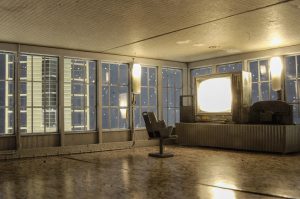 Claus Feldmann, Ground Control, 2017, Fine Art Print auf Alu-Dibond, framed, 115 x 165 cm, © VG Bild-Kunst, courtesy Mathis Neidhart, Nürnberg
Claus Feldmann, Ground Control, 2017, Fine Art Print auf Alu-Dibond, framed, 115 x 165 cm, © VG Bild-Kunst, courtesy Mathis Neidhart, Nürnberg
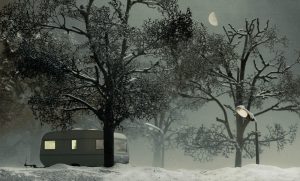 Claus Feldmann, Beobachtungsposten, 2010, Fine Art Print auf Alu-Dibond, framed, 58 x 96 cm, © VG Bild-Kunst, courtesy l’artista e Neues Museum
Claus Feldmann, Beobachtungsposten, 2010, Fine Art Print auf Alu-Dibond, framed, 58 x 96 cm, © VG Bild-Kunst, courtesy l’artista e Neues Museum
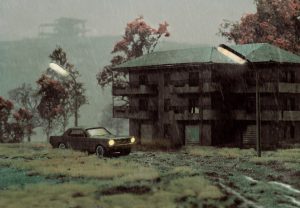 Claus Feldmann, Das Versprechen, 2010, Fine Art Print auf Alu-Dibond, framed, 111 x 160 cm, © VG Bild-Kunst, courtesy l’artista e Neues Museum
Claus Feldmann, Das Versprechen, 2010, Fine Art Print auf Alu-Dibond, framed, 111 x 160 cm, © VG Bild-Kunst, courtesy l’artista e Neues Museum
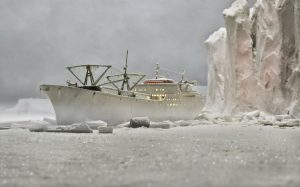 Claus Feldmann, Eis, 2014, Fine Art Print auf Alu-Dibond, framed, 76 x 122 cm, © VG Bild-Kunst, courtesy l’artista e Neues Museum
Claus Feldmann, Eis, 2014, Fine Art Print auf Alu-Dibond, framed, 76 x 122 cm, © VG Bild-Kunst, courtesy l’artista e Neues Museum

is a contemporary art magazine since 1980




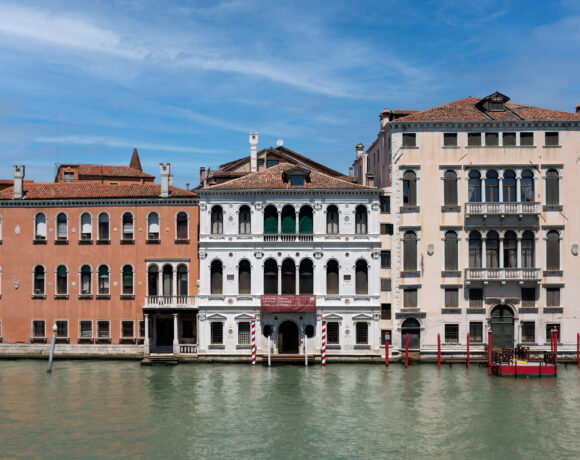

NO COMMENT